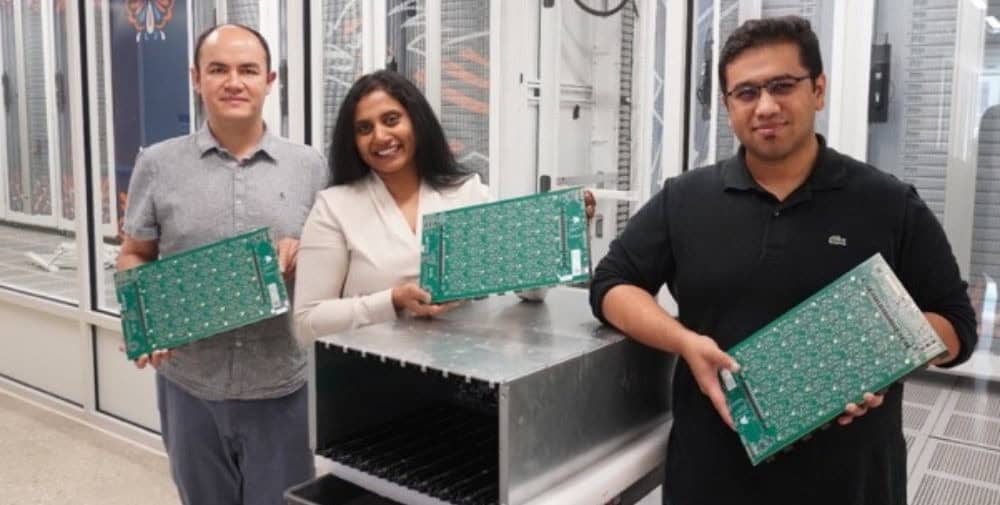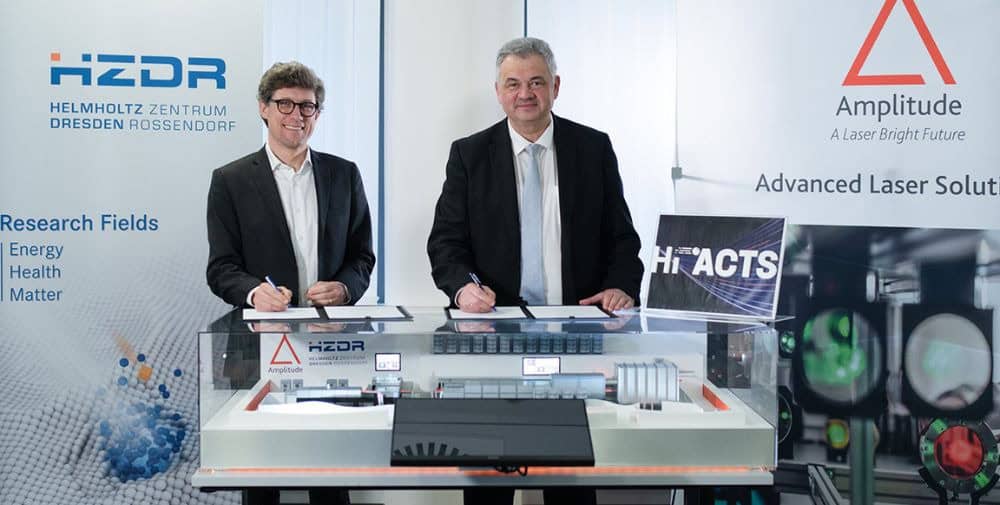
With an impressive capacity to simulate more than 393 million neurons, the system is one of the four largest neuromorphic supercomputers in the world. The underlying SpiNNaker2 technology was developed under the leadership of Professor Steve Furber, the legendary ARM architect whose vision of a massively parallel processor architecture is now becoming a reality: Thousands of low-power computing units working together synchronously to achieve unprecedented energy efficiency in both AI research and neuroscience simulations.
The THOR project, funded by the US National Science Foundation (NSF), has ambitious goals: For the first time, the broad research community will be given access to heterogeneous neuromorphic mainframe computers – a paradigm shift in the American research landscape. The implementation of the SpiNNcloud solution will create a comprehensive neuromorphic ecosystem that will decisively advance the development of future-proof AI algorithms and sustainable computing concepts. Dr. Dhireesha Kudithipudi, holder of the prestigious Robert F. McDermott Chair in Engineering and Director of the MATRIX AI Consortium at the University of Texas at San Antonio (UTSA), where the facility will be located, is the scientific director of the project.
“It is a special honor for UT San Antonio to be the first academic institution in the United States to deploy the pioneering SpiNNaker2 technology,” emphasizes Prof. Kudithipudi, who is internationally recognized as a luminary in energy-efficient computing. “Neuromorphic systems like that of SpiNNcloud open up completely new algorithmic solution approaches with drastically reduced energy requirements – a combination that is of crucial importance for the future viability of AI research.”
Dr. Tej Pandit is responsible for the technical implementation, supported by the co-project leaders Dr. Catherine Schuman and Dr. Gert Cauwenberghs. Dr. Vijay Janapa Reddiv of Harvard University, co-founder of the MLCommons initiative, is responsible for the benchmark evaluation: “The commissioning of the SpiNNcloud system at UT San Antonio fits seamlessly into our research strategy for investigating energy-efficient neural networks and energy-optimized AI processes.”
The timing of the installation could hardly have been better: In view of exploding energy costs and growing sustainability requirements, research institutions around the world are looking for alternatives to conventional computer architectures – a trend that the UTSA installation impressively underlines. “The fact that the renowned THOR consortium has opted for our technology proves the international competitiveness of European innovations in the field of neuromorphic architectures,” says Dr. Hector Gonzalez, CEO of SpiNNcloud. The range of applications for the systems extends from pharmaceutical drug research to hybrid AI models and complex physical simulations. Particularly promising: the architecture developed by SpiNNcloud enables the efficient operation of economical large language models for the first time – a radical breakthrough in the field of energy-efficient generative AI.
About SpiNNcloud
SpiNNcloud is committed to reinventing AI infrastructures: The company is redefining efficiency standards with a computing architecture consistently based on the biological model of the brain. The event-driven processing principle – calculations are only carried out when required and only for relevant data – opens up previously unattainable efficiency reserves without any loss of performance. SpiNNcloud delivers complete brain-inspired systems to research institutions and companies worldwide, paving a fundamentally new path: scalable, sustainable and designed to meet the requirements of future intelligent systems.
– – – – – –
Further links
👉 www.spinncloud.com
Photos: Tej Pandit, UT San Antonio




